Living Planet
Nature · Earth · ClimateNATURE NOTES: NOVEMBER 2022
CHIN UP BUTTERCUP!
Foggy mornings sometimes veil the woods, fields and drooping cobwebs in silver mist, whilst the autumn scent of heavy earth beneath, and the muffled but uplifting cries of arriving geese overhead, fill the air. A robin outside my window sings from dawn to dusk, marking out his territory and this is the time of year when Saturn-amber falling leaves create galaxies of stars on some of our inky dark, silently-gliding streams.
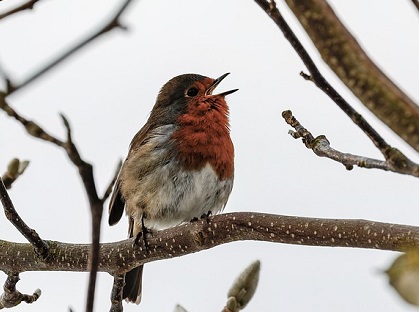
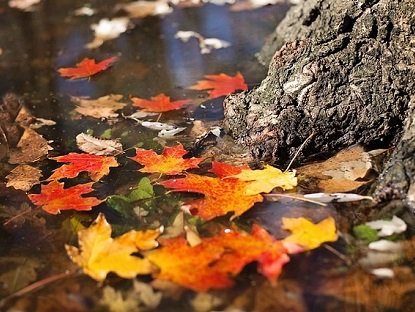
Whether enjoying the rustle of leaves in the trees or the still crunch of acorns underfoot, the relatively balmy weather in October has been a joy for Autumnal walks in the countryside around our village and 'leaf peeping' as the North Americans refer to the marvelling of the vibrant colours of 'Fall'! As I write the predominant palette is still one of greens and golds peppered by flame-coloured reds - the landscape is still yet to catch fire entirely. There are even bright shining 'suns' in our seas of deep green grass as some still-flowering buttercups turn their faces to capture the last of the warmth. I've recently discovered some bearing swirls of additional petals which I've never noticed before. Apparently, (according to a study by Dr John Warren from the Institute of Biological, Environmental and Rural Sciences), these extra petals are as much an indication of a meadow's age as wrinkles on a face. If this is the case, some of our fields maybe older than we think, as this phenomenon is most likely to occur with cumulative mutations over the years - I counted 19 or maybe 20 petals alone making up this particular flower!

There's also a method of estimating the age of our hedgerows. Called 'Hooper's Rule', it's based on counting the number of woody species of plants along a 30yard (90ft) section and then multiplying it by 110. Although, as the late Max Hooper once himself said, not much use on hedgerows more than 1,000 years old, and a rather rudimentary method, it's still used today as an indicator. He developed the formula in 1965 whilst investigating the disappearance of hedges across the country that coincided with the growth of intensive agriculture. At the time the Ministry of Agriculture were giving farmers grants to take them out whilst claiming the total removal was no more than 1,000 miles a year, but Max tracked down RAF reconnaissance photos taken of the English countryside in the 1940s and 1950s, and comparing them with those taken in the 1960s, discovered that in fact it was more like 10,000 miles of hedgerows that were being lost annually - which caused a national scandal!
Today, even in the middle of our biodiversity and climate crisis we don't seem to be doing much better, even with the countryside charity CPRE currently calling on our ministers to extend our hedgerow network by 40%. We are facing challenging times, living in a climate-changed world severely affecting both people and nature - this year alone has already been one of storms, floods, heat waves, fires and drought. Wildlife really needs hedgerows, but in the last 75 years we've lost over half of those in the UK - that's 300,000 miles of hedges and the life they support, obliterated from the countryside and the places we live. Although Hedgelink's 'National Hedgerow of the Year competition' was launched in mid-October to celebrate our nations beautiful, billowy hedgerows, crammed with fruits and foliage - which also act as vital wildlife corridors and windbreaks for livestock, at the same time others were shamefully destroying some of those in the fields here, around our village stripping them of all their vital provision and protection. Rather than leaving alternate sides to be trimmed gently alternate years, they were being decimated, plundered of every leaf, seed and fruit, with big holes on both sides and the top - and some were even wrenched off completely, leaving bare stumps. Known as 'hedge-wrecks' - some of the worst casualties lie in the fields between Clapgate Lane and the A29 where the yellowhammers and goldcrests have now disappeared along with their homes! Why not wait until just before the nesting season in Feb before gently 'trimming', in order to provide vital food and essential habitat through the lean autumn and winter months for our birds, dormice, bats, amphibians, stag beetles and other insects and wildlife?!
My feelings of sadness around this cruel, unnecessary act of inhospitality, were heightened knowing that at the very time that this was happening, thousands of small birds were already in flight, winging their way to our shores in remarkable feats of stamina and endurance, in the hope of finding essential food and accommodation here, in order for them to survive. These incredible masses of small birds were known as 'angels' when detected on radar by British forces monitoring enemy aircraft over the channel during WW11, before they knew what they were, but even after their migration-echoes were recognised, the term has stuck. This year many of our 'angels' flightpaths were detected heading this way over the nights leading up to and following the full moon which illuminated our skies and reached its peak on 9th October 2022.
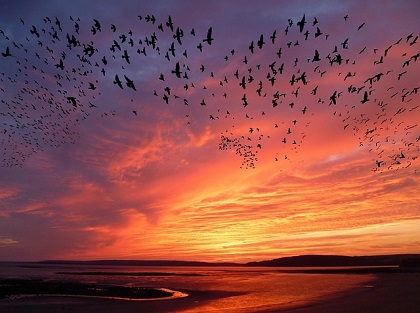
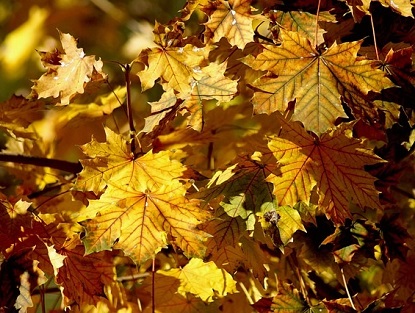
We tend to associate angel wings with geese or swans (think 'white-winged' nativity scenes) which have also been appearing and are set to increase in numbers in the weeks to come. If you're awake in the small hours you may have already heard the 'seep seep' of migrating redwings (the smallest species of thrush) passing overhead or made out some of their thin, reedy contact whistles which they use to help different flocks to keep in touch. More should be pouring in throughout November (from Iceland, Russia and Scandinavia) along with Fieldfares, whose English name comes from the Old English 'Feldefare' meaning 'traveller through the fields'. Their signature tune is a series of rapid camera shutter-like flight calls, much like the start of Duran Duran's 'Girls on Film' - ("schack schack schack shack") but without the accompanying rhythmic drum-beat.
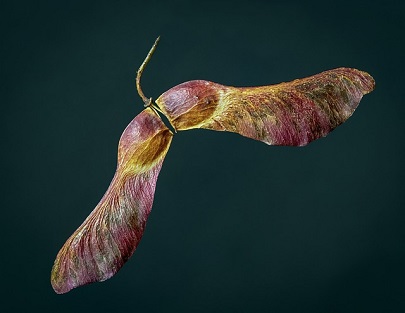
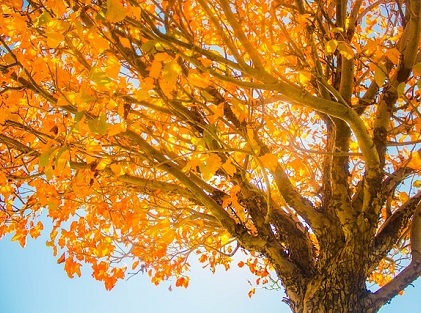
As I write our angel-winged sycamore seeds and ash keys are still clinging on to the trees, inviting smaller birds like bullfinches to become acrobats to reach their seeds inside, but the first smooth encased walnuts and spikey chestnut casings are starting to fall. Chestnuts are a particularly special treat for our deer, who love their taste (they don't contain tannin like acorns) and their high nutritional value provides them with critical energy during the rutting season. As food in the 'safety' of their woodland habitat runs low, we should see more of them in our surrounding open fields, browsing in larger groups to reduce their susceptibility to predators.
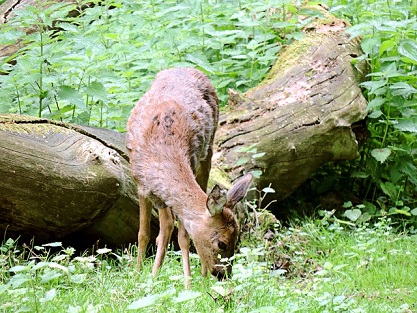
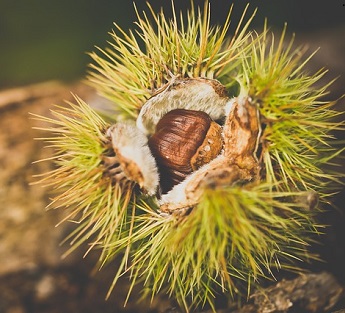
November starts with All Saints Day (1st) followed by All Souls (2nd) and Remembrance Sunday(13th) when we remember those 'angels' we've loved and lost and concludes on 30th November 2022 with a 'Remembrance Day for Lost Species'. As we look heavenward in prayer and praise for all of their lives and gaze upwards and marvel at natures' activity in our skies, let's also give thanks for our flowers, trees, leaves and their seeds. A Forestry England study found that looking at autumn colours lifted the mood of 97% of the participants, and it's free. So, what are you waiting for? May the leaves fall on you like blessings and make you smile whatever the weather!